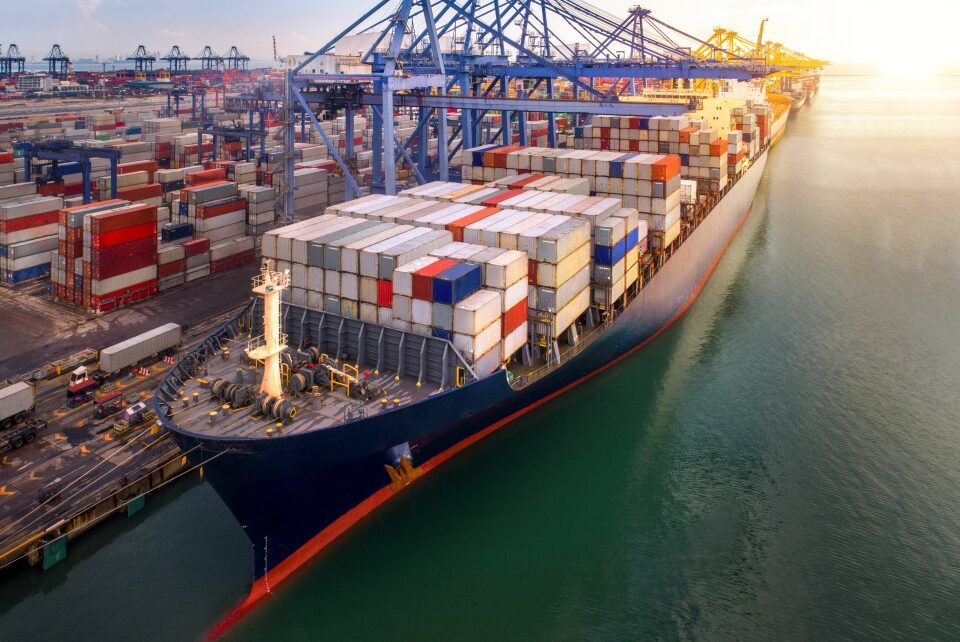Shippers who transport dangerous goods must comply with strict regulations to ensure the safety of themselves, their employees, and the general public. However, some shippers may be tempted to cut corners and ignore these regulations in an effort to save time and money. This can have serious legal and financial implications, as we will explore in this blog post.
Legal Implications
Ignoring dangerous goods regulations can lead to legal consequences for shippers. For example, if a shipment of dangerous goods causes damage or injury due to non-compliance with regulations, the shipper could be held liable in court. This could result in costly legal fees, fines, and even criminal charges in some cases.
In addition, ignoring regulations can damage a shipper’s reputation and lead to the loss of business. Customers may be hesitant to work with a shipper who has a history of non-compliance with regulations, which could result in a significant loss of revenue.
Financial Implications
Ignoring dangerous goods regulations can also have significant financial implications for shippers. For example, if a shipment is delayed or seized due to non-compliance, the shipper may incur additional costs for storage, transportation, and handling of the goods. This can add up quickly, especially if the goods are perishable or time-sensitive.
In addition, shippers who ignore regulations may face increased insurance premiums or difficulty obtaining insurance coverage at all. This is because insurance companies view non-compliance as a higher risk and may be less willing to provide coverage.
Best Practices for Compliance
To avoid the legal and financial implications of ignoring dangerous goods regulations, shippers should follow best practices for compliance. These include:
- Properly classifying and identifying dangerous goods
- Packaging and labeling goods correctly
- Providing accurate documentation
- Training employees on regulations and safety procedures
- Regularly reviewing and updating compliance procedures
Following these best practices for dangerous goods shipping, shippers can ensure that their shipments are safe and compliant with regulations, reducing the risk of legal and financial consequences.
Importance of Dangerous Goods Regulations
Dangerous goods regulations are put in place to ensure the safety of everyone involved in the transportation of these goods. These regulations are designed to prevent accidents and reduce the risk of harm to people, property, and the environment.
Compliance with these regulations is essential for maintaining public safety and protecting the reputation of the shipping industry.
The Role of Technology in Compliance
Advancements in technology have made it easier for shippers to comply with dangerous goods regulations.
For example, software solutions can help shippers properly classify goods, generate accurate documentation, and ensure compliance with packaging and labeling requirements. Additionally, tracking and monitoring technologies can help shippers ensure that their shipments are being transported safely and securely.
Challenges to Compliance
While compliance with dangerous goods shipping regulations is essential, it can also be challenging for shippers. For example, regulations can be complex and vary by country, making it difficult to ensure compliance across borders. Additionally, compliance can be costly, requiring investments in training, technology, and resources.
Future of Dangerous Goods Regulations
As the shipping industry continues to evolve, dangerous goods regulations will also need to adapt to new technologies, emerging risks, and changing global regulations. It’s important for shippers to stay up-to-date on these changes and invest in the necessary resources to ensure compliance with current and future regulations.
Conclusion
Compliance with dangerous goods regulations is essential for maintaining public safety, protecting the reputation of the shipping industry, and avoiding legal and financial consequences.
While compliance can be challenging, advancements in technology and best practices can help shippers ensure that their shipments are safe and compliant. It’s important for shippers to prioritize compliance and invest in the necessary resources to ensure that they are following regulations and keeping their shipments safe.





